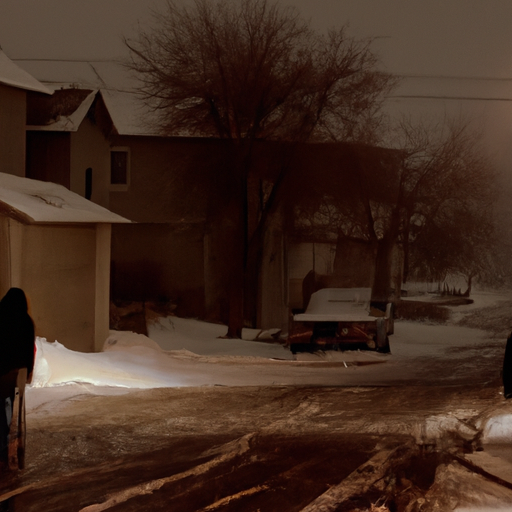Addressing the Opioid Crisis in Southern Alberta: A Collective Responsibility
In the ongoing narrative of the Canadian opioid crisis, one of the most impacted communities is Southern Alberta. This situation is manifesting itself with disastrous effect, heightening the urgent need for addressing the crises strategically and humanely. A recent news article published by CTV News Calgary brings attention to the local effort to combat the opioid crisis in Calgary.
Starting off with a Portrait of the Opioid Crisis
To fully grasp the implications of this crisis, it’s important to understand that opioids are a class of drugs used to relieve pain. However, their misuse and addiction potential have resulted in an escalating public health crisis, which is haunting the community fabric across Canada, particularly in Calgary.
The effects of the opioid crisis are multifaceted and pervasive:
– It increases the rate of homelessness as addicts are often unable to maintain stable housing due to financial strain and health impairments.
– It causes a rise in crime rate as people struggling with addiction may resort to illegal activities to fund their addiction.
– It leads to escalating healthcare costs due to overdose-related care, resulting in an incredible burden on Alberta’s healthcare system.
– It results in a tragic loss of lives from overdoses, often affecting individuals in the prime of their life.
Southern Alberta’s Blood Tribe Tackling the Opioid Crisis
In response to this crisis, efforts are underway to mitigate the opioid crisis, with local communities playing a significant part. The Blood Tribe in southern Alberta has launched an information campaign necessary to prevent opioid-related deaths. The campaign, dubbed ‘Bring Our People Home,’ points to the community-centric endeavors to abate the opioid crisis.
Prevention-Education: A Unified Approach
The tribe focuses on preventing opioid overdoses by educating community members on the signs of an overdose and how to administer naloxone, a medication designed to rapidly reverse opioid overdose’s effects. Through workshops and presentations, they are equipping their community with the knowledge required to intervene effectively in possibly life-threatening scenarios.
Adopting the Canadian Opioids Abatement Class Action
Their approach aligns with the overall Canadian Opioids Abatement Class Action, aiming to hold the pharmaceutical industry liable for the opioid crisis at the grassroots level. The litigation seeks to make companies, who misleadingly marketed opioids as safe, fund the necessary measures to address the negative impact on communities.
Key Takeaways
– The opioid crisis in Calgary results in increased rates of homelessness, escalating healthcare costs, a rise in crime, and tragic loss of lives;
– Southern Alberta’s Blood Tribe launched an information campaign to educate and prevent opioid-related deaths;
– The campaign aligns with the Canadian Opioids Abatement Class Action, to hold pharmaceutical industry accountable;
– A prevention-education approach, focusing on how to administer naloxone, is one of the strategies adopted to combat the opioid crisis.
Summary
In conclusion, the opioid crisis has far-reaching, devastating effects on the local Calgary community, particularly Southern Alberta’s Blood Tribe. This crisis prompts an urgent call for comprehensive and coherent measures to prevent additional deaths and preserve the community fabric. The Blood tribe’s campaign focuses on robust preventative and educational steps to handling opioid overdose emergencies. Their efforts, aligned with national legal initiatives like the Canadian Opioid Abatement Class Action, pave the way toward a community-centric response to the opioid crisis. Each of these endeavors presents an integral piece of a larger puzzle in combating the Calgary opioid crisis and its pervasive societal effects.
